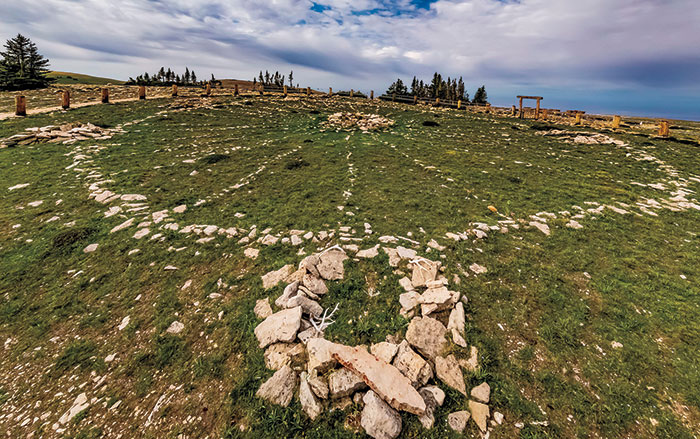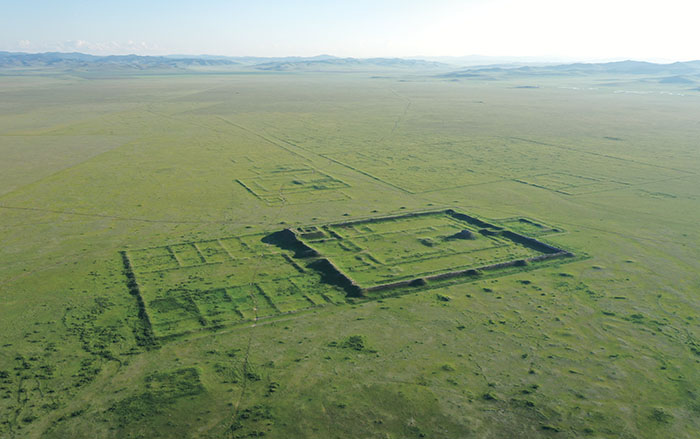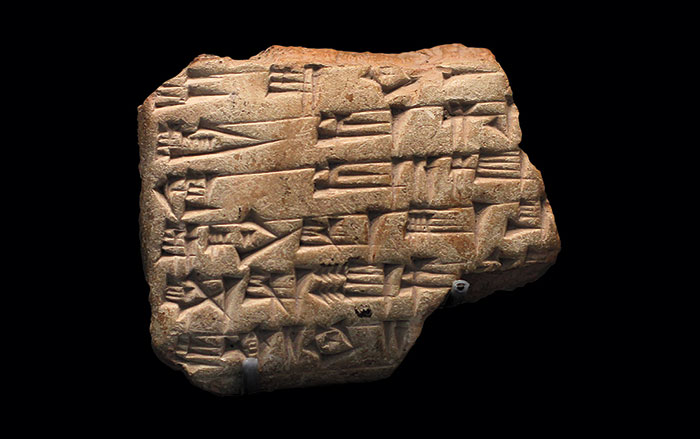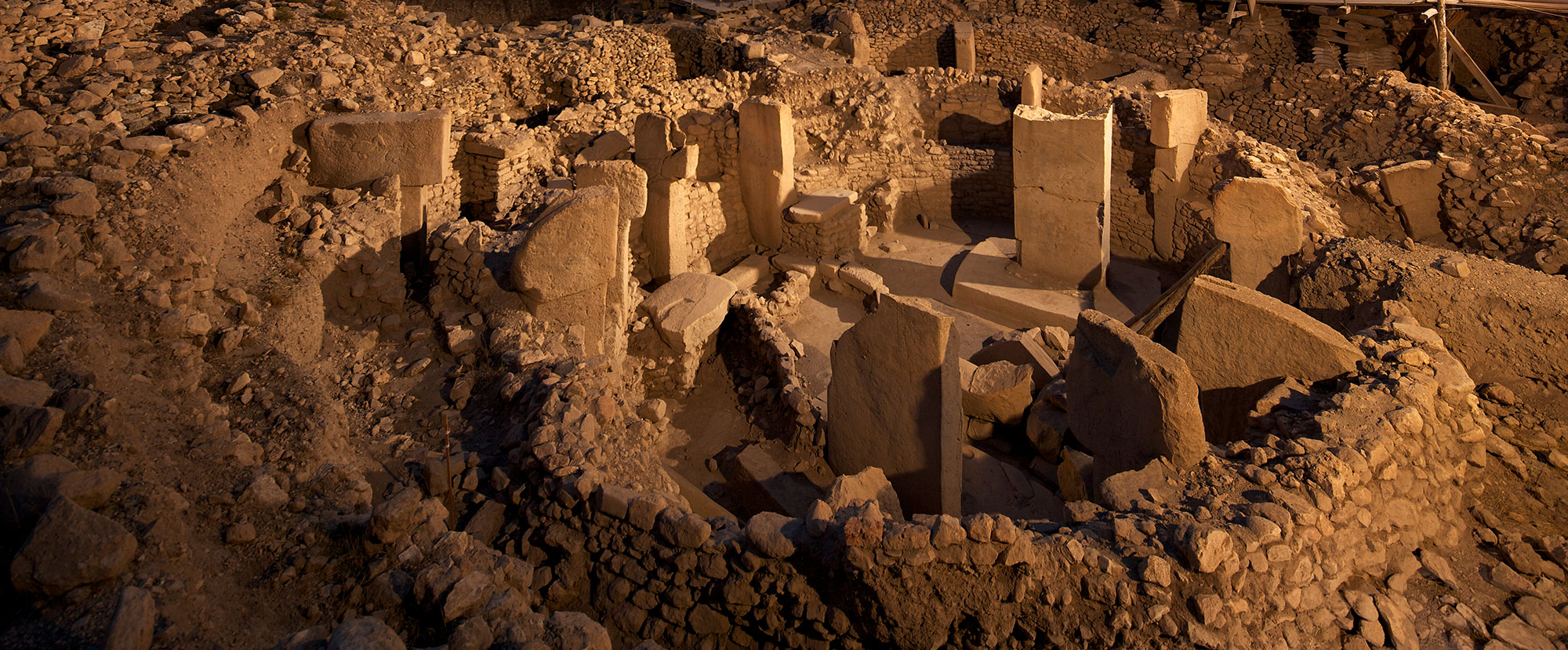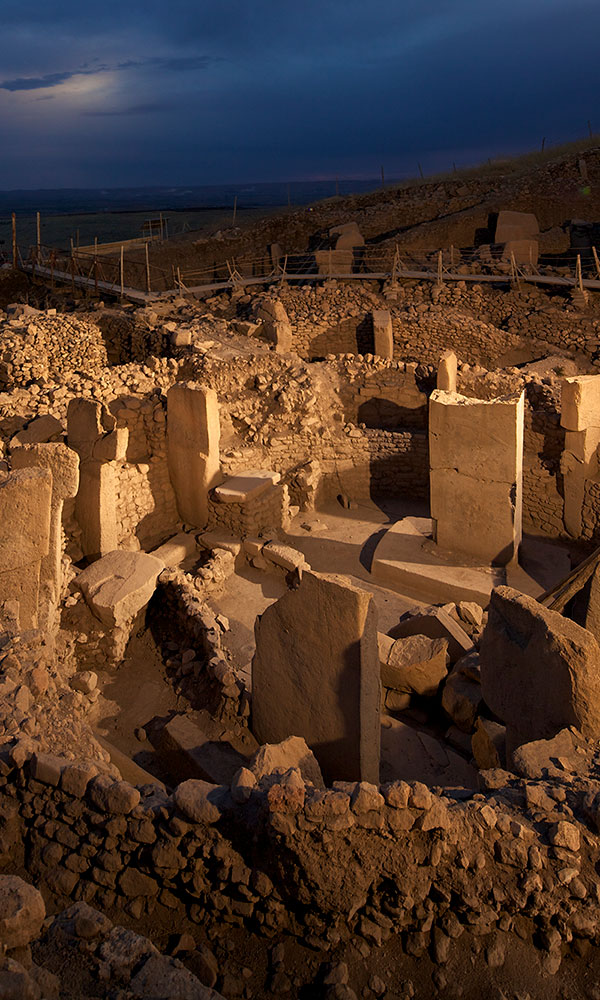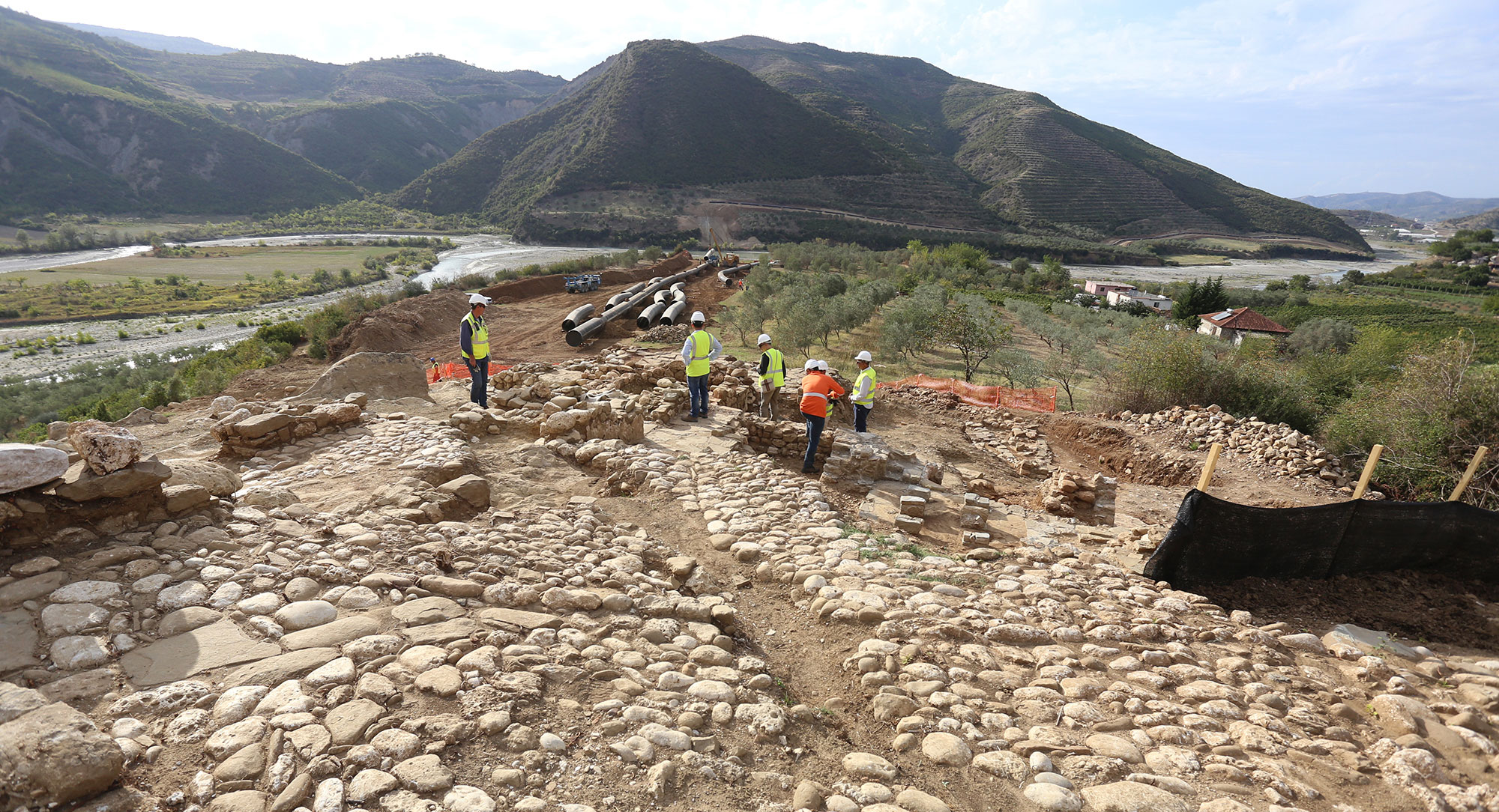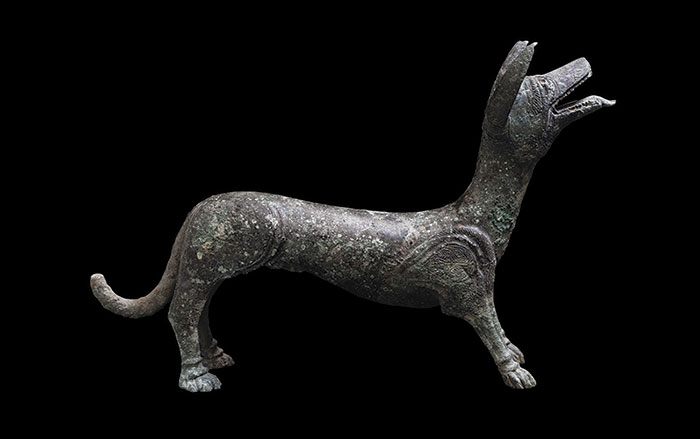
JENA, GERMANY—Science Magazine reports that an international team of scientists has extracted DNA from the ear bones of human remains unearthed at Grotte des Pigeons, an undisturbed, 15,000-year-old cemetery in a cave in Morocco. Known as Iberomaurusians because they were thought to have come from the Iberian Peninsula, these hunter-gatherers made microliths similar to those of Europe’s Gravettian culture. But the genomic analysis suggests the people buried in the cave were related to Natufians, from the Middle East, with whom they probably shared a common group of ancestors who lived in North Africa or the Middle East more than 15,000 years ago. The team also detected DNA linked to sub-Saharan Africans in the bones from Grotte des Pigeons. This genetic material may have come from contemporaneous or ancestral migrants from the south. To read about another discovery of ancient human remains in Morocco, go to “Homo sapiens, Earlier Still.”


